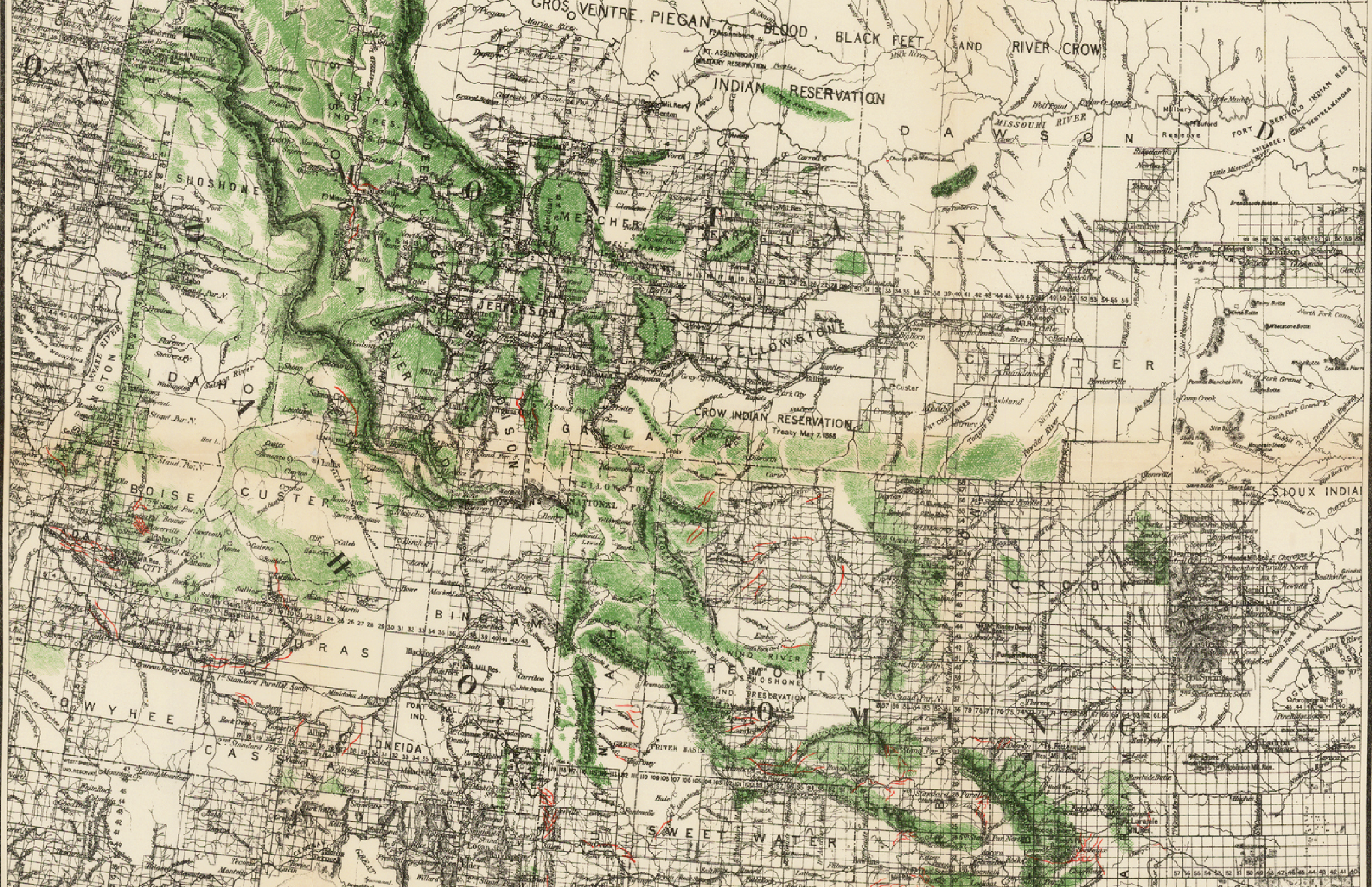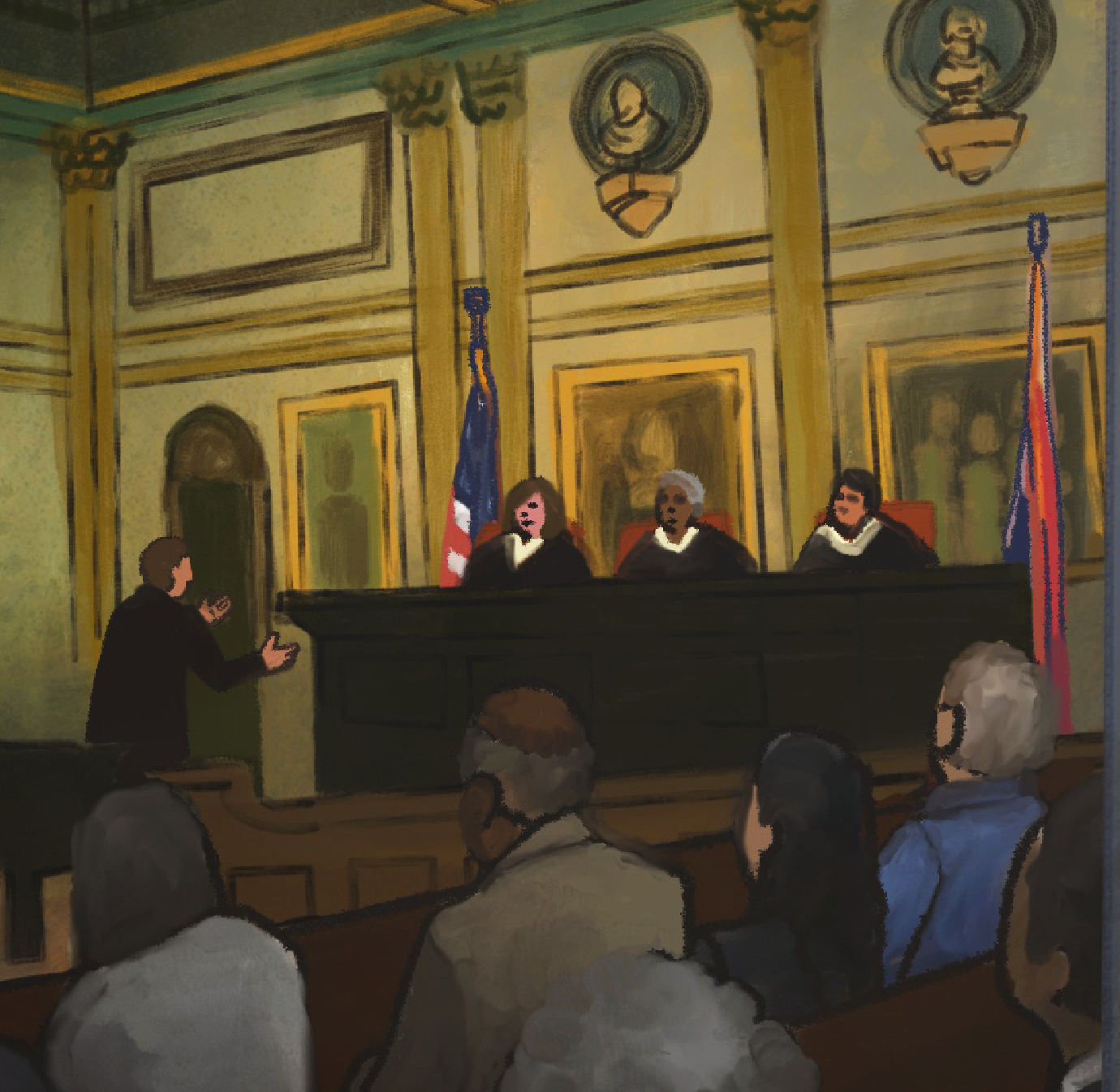

The mini-series will be a singular narrative arc, with multiple episodes exploring a single “act.”
Although spread out over several episodes, our show is designed to be binge watched in a 2-3 episode session per act.

Introduction
A mini-series event that explores the unflinching realities of a nuclear exchange. A false alarm results in a mutual nuclear bomb exchange between North Korea and the United States. Immediately following the exchange the world is grieving, recovering, and attempting to rebuild. The public also wants answers. Two investigations will thread through our story as a robust internal US government investigation exposes the terrifying realities of our existing policies and both the responsibility and the character of our own president.
In a true mystery thriller, the audience will explore multiple leads while a vigilant journalist begins to gather stories from the front lines of the nuclear fallout, painting a picture of the present while also discovering past warning signs that have been ignored.
Our story is fiction but based on real-world scenarios and events that luckily ended differently. The decimation of the US West Coast and the economic, environmental, and political fallout will serve as a dramatic backdrop as our characters navigate for survival and a new future, while simultaneously exposing the very real challenges we face today with nuclear weapons.
Story
Humanity has many flaws, yet in the moments after disaster some of the best parts can shine through. Often in exposing and accepting the reality of our flaws, and attempting to the best of our ability to do what’s right, we find progress.
Our story is about learning from our past, giving viewers a sense of just how unsafe our world is with nuclear weapons, and hopefully inspiring humanity to take action today—before a catastrophe, not after. It will be seen through the eyes of real people fleeing the fallout and the collapse of the US West Coast, in addition to waves of refugees fleeing from both North Korea and South Korea to China.
A journalist seeking the truth travels through the frontlines and the ashes of our golden coast, uncovering historic close calls and firsthand accounts of whistleblowers whose warnings were not heeded. Simultaneously an internal investigation at the highest level tears through Washington, while leaders try to cover up their mistakes, and the military seek to protect the system that failed. West Coast survivors deal with the harsh realities of becoming refugees in their own country. Heading east for salvation, they are confronted with a Government struggling to cope: martial law, bureaucratic failures, discrimination, and a myriad of additional hardships. The US and global economy is in a downturn, as the use of nuclear weapons brought to the public awareness sparks a powder keg of debate.

How could this happen?
The moment that reshaped America.
In the not to distant future, tensions are high between the United States, its regional allies, China, and North Korea, as negotiations to denuclearize North Korea have proved unsuccessful.North Korea has developed a small but capable nuclear arsenal capable of threatening the United States as well as the US regional Allies in East Asia.. Given failed efforts to denuclearise, The US has somewhat reluctantly accepted a deterrence relationship with North Korea, yet continues to undermine the regime and build up homeland ballistic missile defence. Relations with China have taken a sharp downturn due perceived aggressive US policy, the continued trade war, and China’s refusal to join in increasingly hawkish efforts to coerce North Korea. People are jumpy as diplomatic solutions appear exhausted.
Pacific Command is on high alert as the US plans a covert mission to roll back North Korea. Fair warning is given to China through backdoor diplomacy. Risk is high, with the expectation that things could go wrong.
Hawaii 2.0
The early warning system is triggered, with missiles set to hit Hawaii in 10 minutes and the western seaboard in 20. The message is passed up to the President. This is not a drill, this does not look like a false alarm. Perhaps US operatives are captured, perhaps China passed the message on. In any case, the clock is ticking.
The President decides to fire. Failure to react and to destroy North Korea’s remaining nukes is a risk not worth bearing for the US, now that conflict has started. While the US’s covert mission has failed, Washington can still take out North Korea’s arsenal. The US fires a limited nuclear strike on key North Korean military facilities.
The early warning is a false alarm, despite improvements to the US’s system. The message is sent to US allies and to China but it is too late. The US used nuclear weapons first in the escalating crisis. North Korea manages to get missiles off the ground in retaliation.
In the fog of war, the numerous cities along western seaboard are hit -Los Angeles, San Francisco, Seattle, and Portland are gone. Forest fires rage and strong westerly winds scatter radioactive ash inland.
North and South Korea are devastated by the conflict and fallout. Huge refugee streams pour into China. The dust begins to settle on the first use of nuclear weapons in conflict since 1945.

-

Human Examples
-

The West Coast
-

The Hill
-

Midwest & the trail East
-

International Background
-

Cognitive Dissonance
-

Fake News
